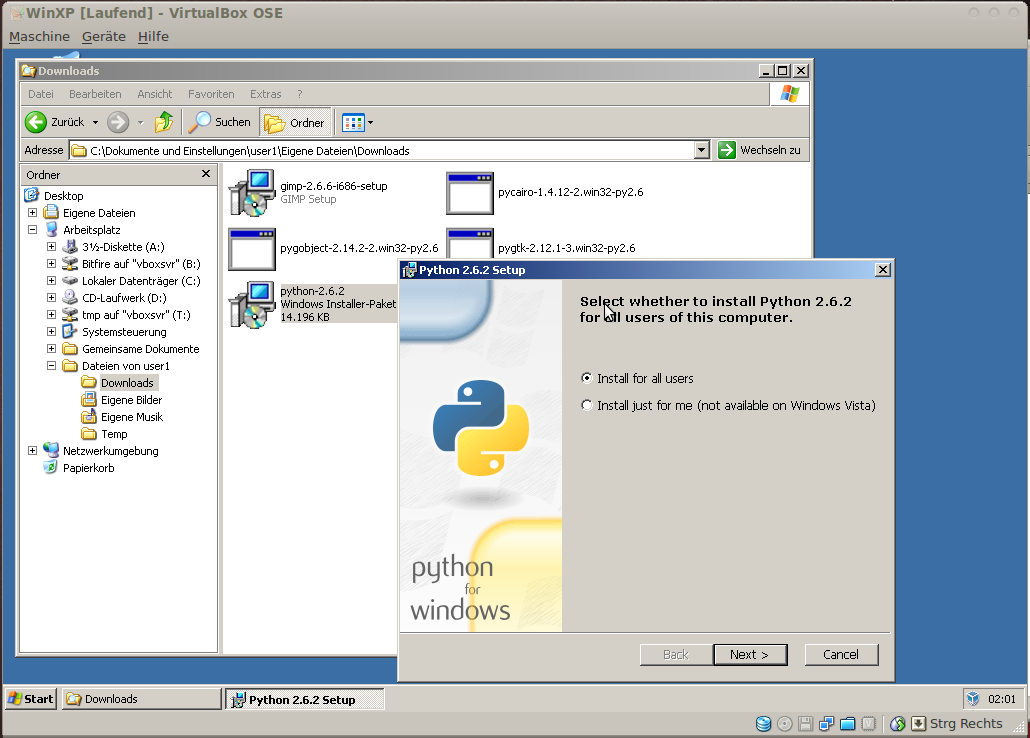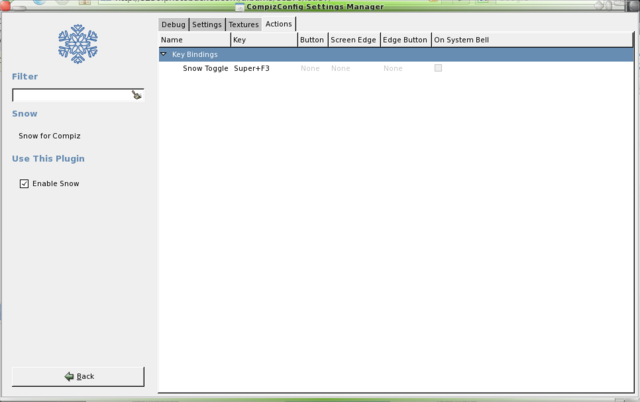How To Install Pycairo Tutorial


I've tried to install pycairo in a virtualenv to use in a Django project. I've ran the pip install pycairo==1.1 Pcunlocker Enterprise Full Version Free Download. 0.0 command which finds the package and downloads it. How To Install Pycairo Examples. Changes from 1.2 to 1.3/2.0. How do I install PyGTK-2 and PyGTK-0 side by side in the same system? GTK tutorials. Install PyCairo using the installer. Installing igraph. Deluxe Pokemon Crackhead. Which igraph is right for you?
Step 2: install Python environment To run Python code, you need a Python interpreter. Pyzo works with most Python interpreters, but we recommend installing, or if you intend to do science, because these make it very easy to install additional (scientific) packages. Make sure to use Python 3, and not Python 2. Here are direct links to download: • (grapical installer) • • We recommend installing in the default location, or at least a location that can be written to without admin privileges, so that addtional packages can be installed.
Creating a virtualenv on both Linux and OS X is as simple as running python3 -m venv myvenv. It will look like this: command-line $ python3 -m venv myvenv myvenv is the name of your virtualenv. You can use any other name, but stick to lowercase and use no spaces. It is also good idea to keep the name short as you'll be referencing it a lot! NOTE: On some versions of Debian/Ubuntu you may receive the following error: command-line The virtual environment was not created successfully because ensurepip is not available. On Debian/Ubuntu systems, you need to install the python3-venv package using the following command.
Apt-get install python3-venv You may need to use sudo with that command. After installing the python3-venv package, recreate your virtual environment. In this case, follow the instructions above and install the python3-venv package: command-line $ sudo apt-get install python3-venv NOTE: On some versions of Debian/Ubuntu initiating the virtual environment like this currently gives the following error: command-line Error: Command '['/home/eddie/Slask/tmp/venv/bin/python3', '-Im', 'ensurepip', '--upgrade', '--default-pip']' returned non-zero exit status 1 To get around this, use the virtualenv command instead. Command-line $ sudo apt-get install python-virtualenv $ virtualenv --python=python3.6 myvenv NOTE: If you get an error like command-line E: Unable to locate package python3-venv then instead run: command-line sudo apt install python3.6-venv Working with virtualenv The command above will create a directory called myvenv (or whatever name you chose) that contains our virtual environment (basically a bunch of directory and files).
Start your virtual environment by running: command-line C: Users Name djangogirls>myvenv Scripts activate NOTE: on Windows 10 you might get an error in the Windows PowerShell that says execution of scripts is disabled on this system. In this case, open another Windows PowerShell with the 'Run as Administrator' option. Then try typing the following command before starting your virtual environment: command-line C: WINDOWS system32>Set-ExecutionPolicy -ExecutionPolicy RemoteSigned Execution Policy Change The execution policy helps protect you from scripts that you do not trust. Changing the execution policy might expose you to the security risks described in the about_Execution_Policies help topic at Do you want to change the execution policy? [Y] Yes [A] Yes to All [N] No [L] No to All [S] Suspend [? Windows Me Pl Torrent Iso Converter more. ] Help (default is 'N'): A. Start your virtual environment by running: command-line $ source myvenv/bin/activate Remember to replace myvenv with your chosen virtualenv name! NOTE: sometimes source might not be available.